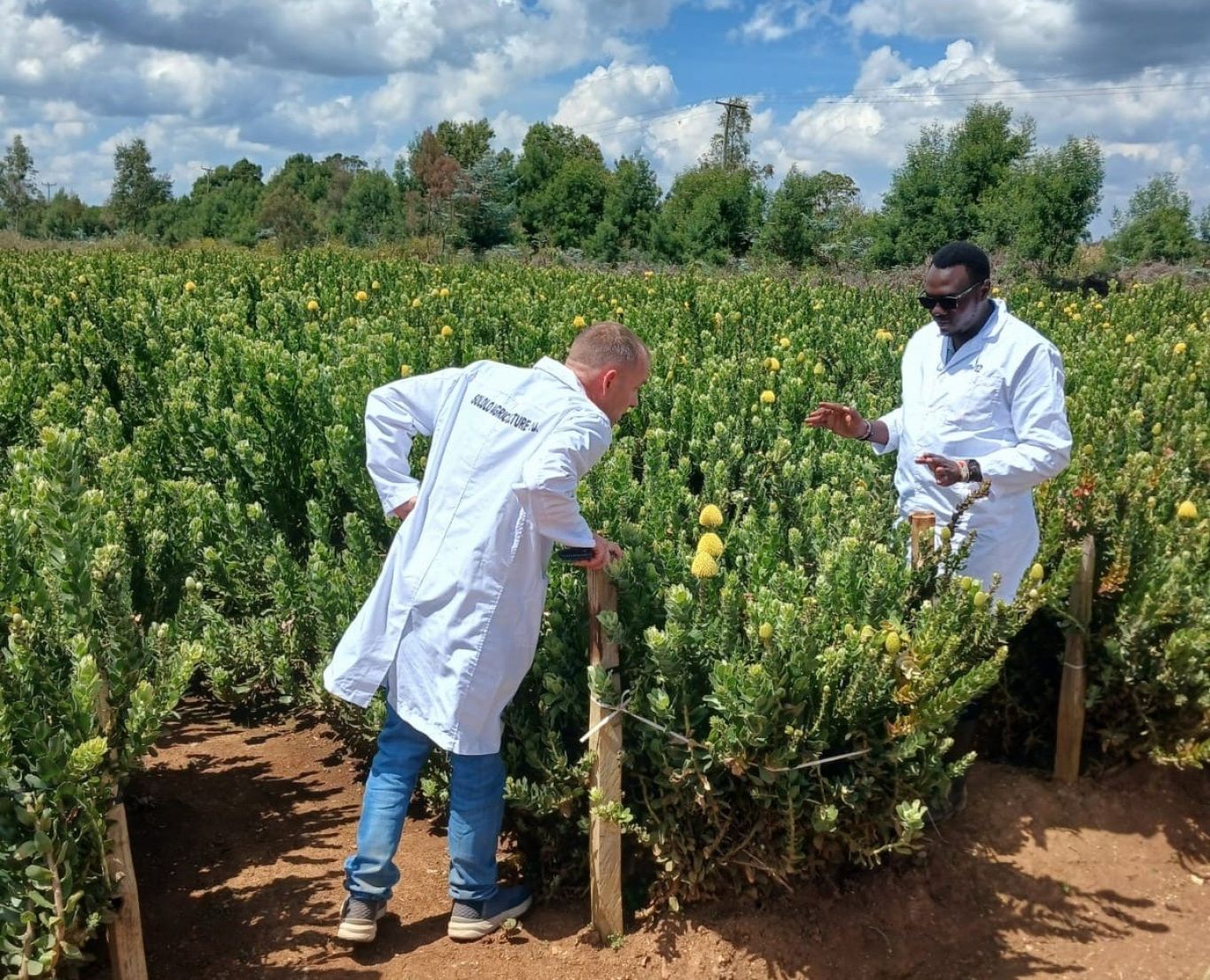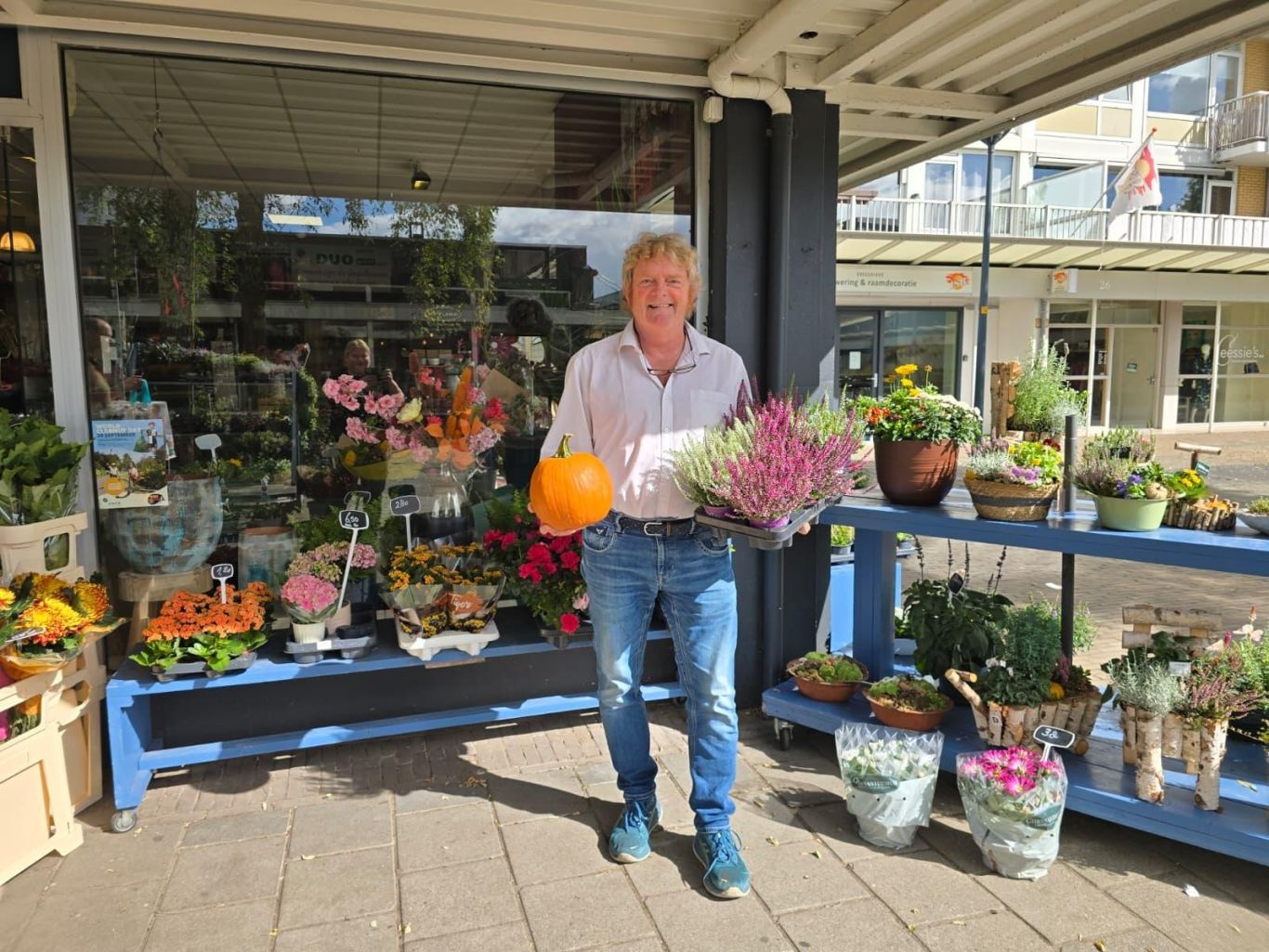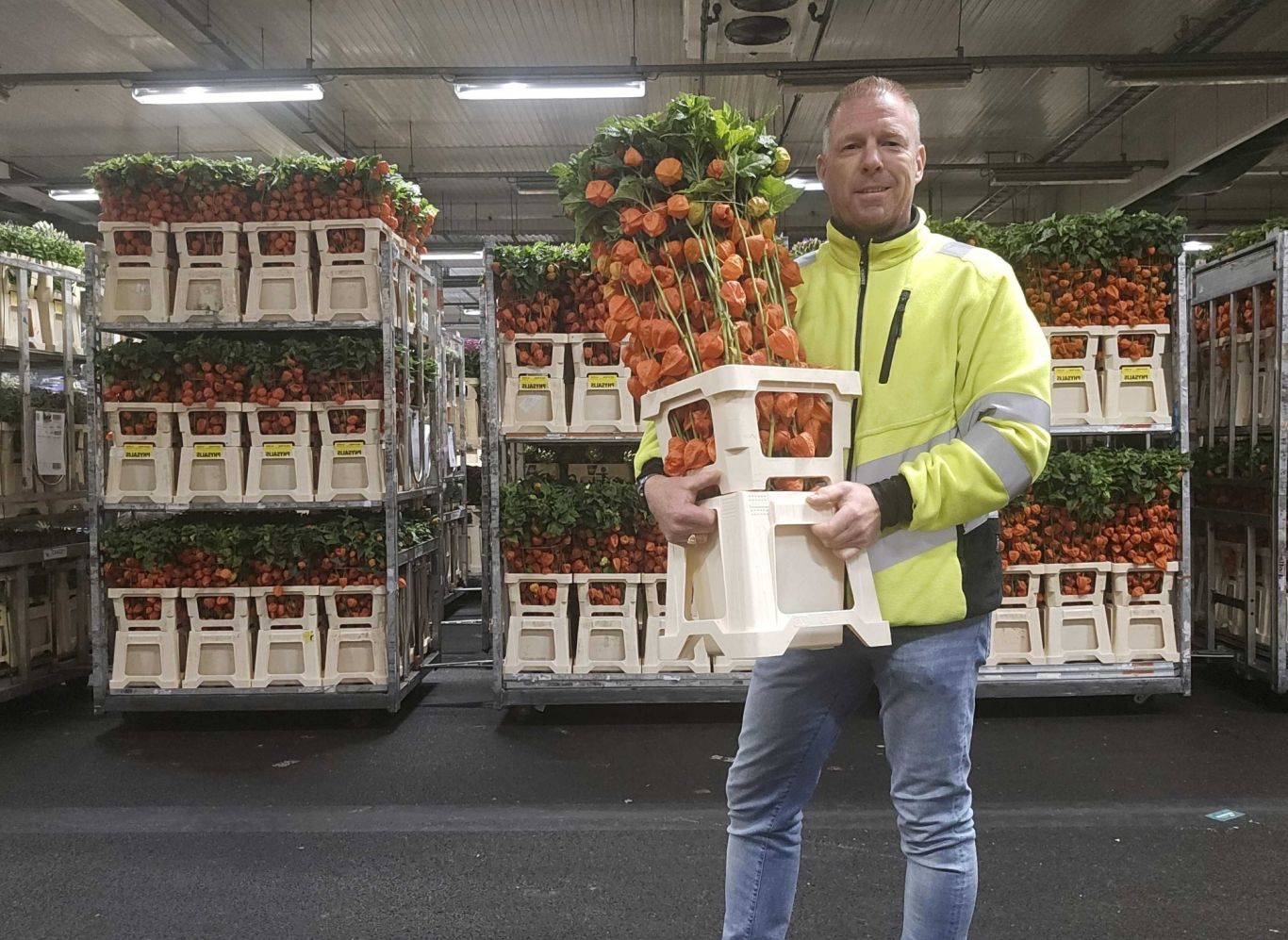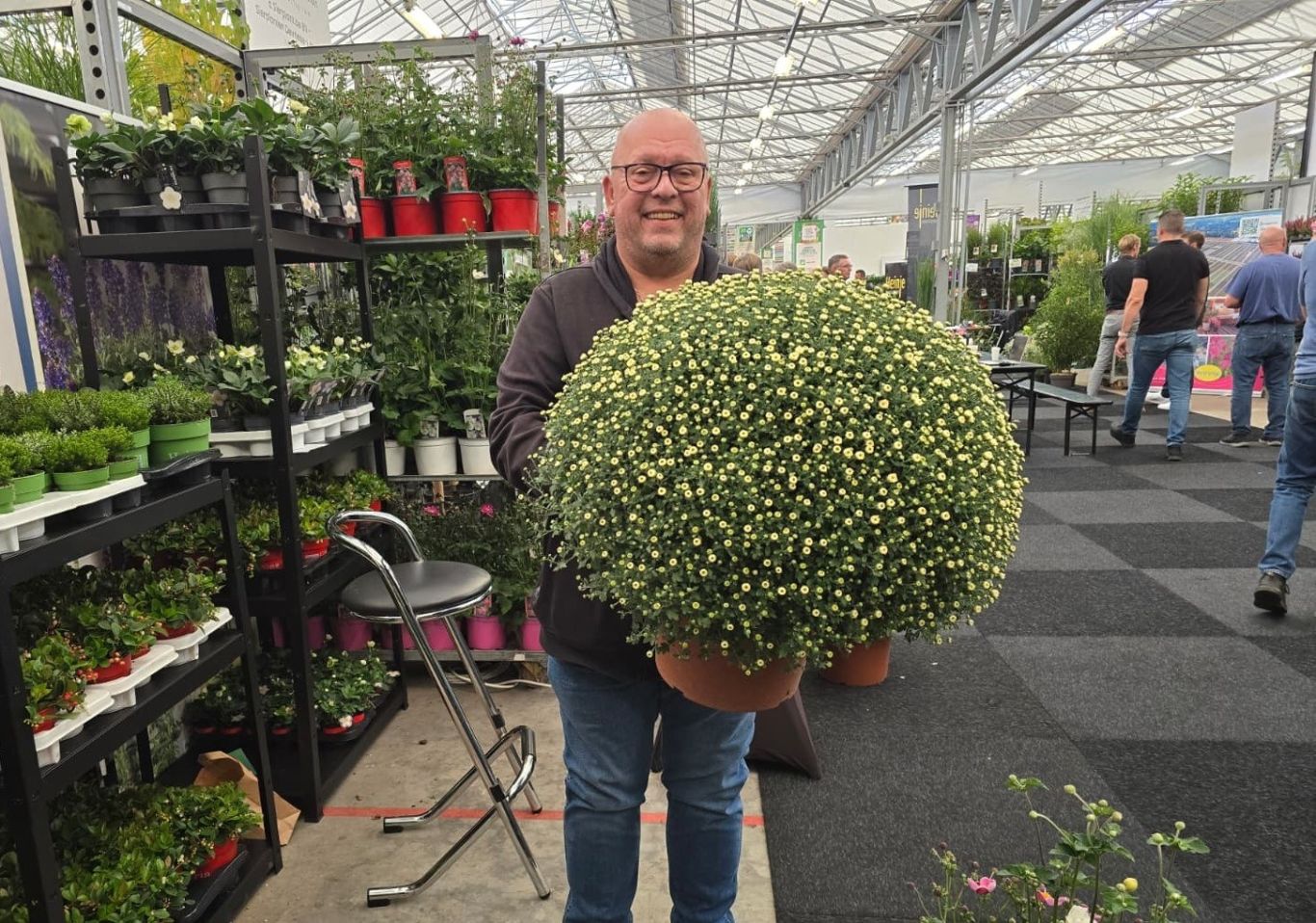Auctioneer's column: Seasonal flowers from Kenya, a growing market
October 10, 2025

This week, auctioneer Paul Freriks takes you to Kenya, where he recently visited fourteen farms. The production of seasonal flowers in Kenya is increasing, and these flowers now make up a significant share of the offerings at the clock. However, growers in Kenya also face several challenges. Paul takes you through market developments and the role Royal FloraHolland plays in supporting growers worldwide.
It was my third visit to Kenya as auctioneer. With an average of three farm visits per day and considerable distances between locations, the days were long and sometimes bumpy. But the flora and fauna here are truly stunning! When it comes to cultivation, there are both challenges and opportunities.
Significant growth, but also challenges
Due to global demand for more variety in flowers, the production of seasonal flowers in Kenya is growing rapidly. Growers are switching or expanding. Breeders are also becoming more active. It is estimated that there are now around 1,100 hectares of seasonal flowers in production. After roses, seasonal flowers are the most widely grown in Kenya.
The farms are located at high altitudes, between 1,600 and 2,300 metres. This ensures good, but variable growing conditions. The exact location like which side of a mountain you are on makes a big difference in temperature, rainfall and the risk of storms or hail.
Pressure on prices
Earlier this year there was a surge in the volume of flowers available on the market. Which put pressure on prices, including Kenyan flowers such as gypsophila and limonium. Combined with already high costs, this raises questions among growers about market developments and entrepreneurship. Is it the market or my flowers? Should I change the way I work? Or should I just keep trusting what I do? These are valid and logical questions.
The clock is hard to grasp from abroad
For growers abroad, the physical distance and the many steps in the supply chain make it especially challenging to fully understand how the clock and market work in the Netherlands. That is why I take time to also discuss market figures, market developments and Royal FloraHolland's strategy during my visits. Topics such as Central Auctioning, crop rotation, product diversification, sustainability, and Auction Presales are also frequently discussed.
Personal contact makes the difference
It's very important for the clock to have a good and diverse range of products throughout the year. But it's equally important for us auctioneers to know the faces behind the farms and flowers we auction every day. That is why I like to visit them in person. It's a great way to build relationships, exchange questions, and share tips or advice. These visits are essential for gaining insight into the cultivation and the wishes or challenges of our members. By understanding the challenges they face, we can support our members even better.
In my experience, once you’ve met in person, working together becomes much easier. Reaching out by phone or email then feels completely natural. Personal connections ultimately help to strengthen our cooperative values: “Stronger together."
Would you also like a personal visit from an auctioneer at your farm? Or would you like to visit our floriculture marketplace yourself? You are most welcome! Please contact the auctioneer(s) for your product or location.
-
Did you find this interesting?
Then share this article


